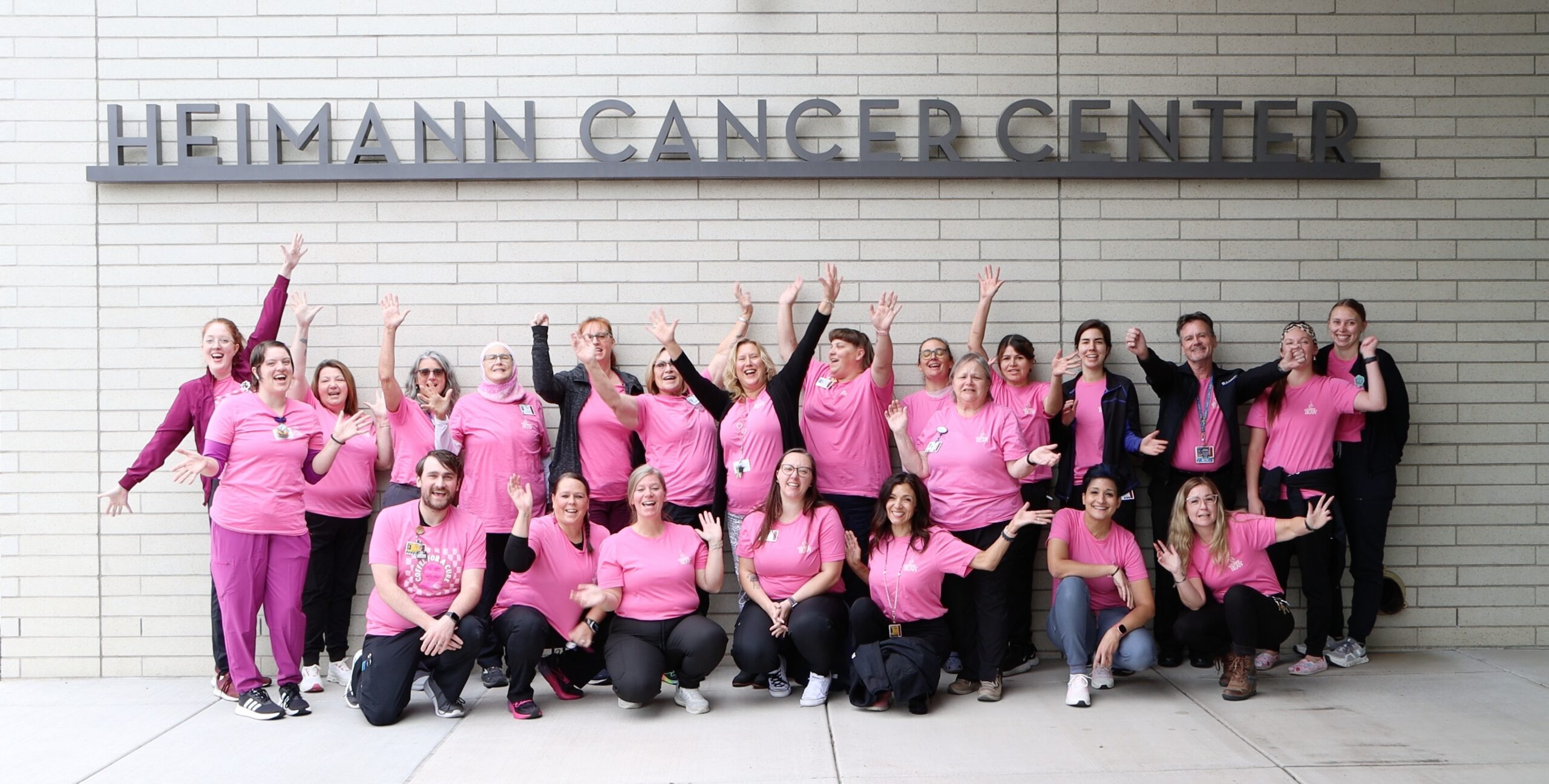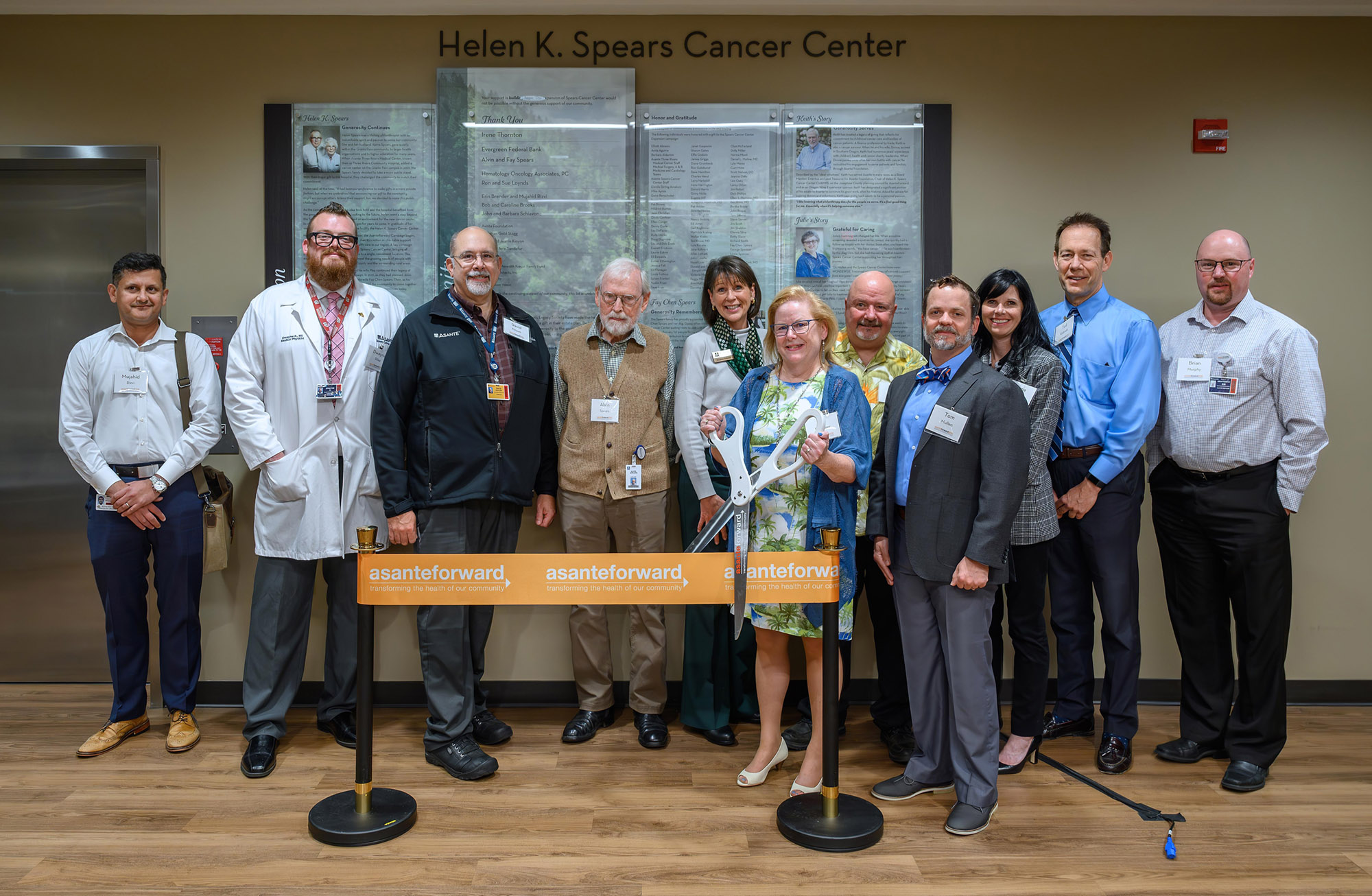Summary
On Dia de los Muertos, we share a tradition with other cultures: honoring those who have passed. This month the ABIDE (Asante Belonging, Inclusion, Diversity and Equity) steering committee is excited to start a new tradition: learning about each other.
Fall has been my favorite time of year for as long as I can remember. Fall brings transition as we change from warmer to colder weather, daylight diminishes and people tend to prepare for their favorite seasonal celebrations.
Every year in October I start the process of carrying down multiple boxes from our attic and lining them up on the floor of the living room. The boxes carry some of my most precious memories and possessions. I sit for hours, carefully unwrapping each item. I unpack framed photos of loved ones no longer with us. I pull out tissue-wrapped dolls with skulls for faces and brightly colored dresses. I unwrap hand-painted clay and wooden figures, each chosen for a sole purpose: to decorate the “ofrenda” or altar. The altar, built by my husband several years ago, will be assembled on the console, standing almost 8 feet high.
Decorating the ofrenda for Dia de los Muertos, is one of my favorite traditions. I consider it quite literally a labor of love. Preparing for Day of the Dead on Nov. 1 involves the whole family. My husband curates the menu, my mother bakes pan de muerto (bread of the dead), my daughters help me make paper flowers and candles are restocked in our home.
The three layers of the ofrenda are first decorated with framed pictures of our loved ones who have passed away, then artificial and live cempasuchils (marigolds) are added, followed by the calaveras (painted clay skulls), then the Catrinas (beautifully decorated female dolls with skulls for faces that I have lovingly collected over the years). Lastly, I add candles.
Tucked along the cempasuchils and calaveras, I place little cups of water, a plate of pan de muerto and little bowls of my loved ones’ favorite foods.
This year is particularly important to my family as we add one new framed photo to our ofrenda — a picture of my father, who passed away in June. The preparation of this year’s ofrenda or altar will be especially bittersweet. I have a strong desire to do it justice, as I prepare to honor not only my father, but all those who have gone before him.
Dia de los Muertos, or Day of the Dead, has been celebrated for over 3,000 years in Mexico. Its origins date back to the Mesoamerica period, where the Aztec, Mayan and Toltec cultures honored and celebrated their deceased.
Dia De Los Muertos, which begins at midnight on Oct. 31 and ends on Nov. 2, is now more widely known as a “mash up” of the indigenous practice of honoring the departed and the religious celebration of All Saints Day. It has become even more popular since Disney/Pixar’s “Coco” was released in 2017. However, the tradition of honoring our deceased, has been celebrated around the globe for centuries.
In Japan, the Obon is a Festival of the Dead that is celebrated with lanterns, bonfires and flowers. In China, there are several holidays that commemorate the dead, including Ghost Month and Hungry Ghost Festival, or Zhongyuan Festival.
In Cambodia the Pchum Ben festival is a time to offer food to their deceased relatives as a way to honor them. In Korea the celebration of Chuseok, allows people to commemorate this multifaith festival, honoring the deceased by offering various forms of food and the presenting of tablets to celebrate the anniversary of each deceased’s passing.
Pitru Paksha, or Shraddha, is a festival celebrated in the Hindu culture and in countries like India, that also honor their deceased. In Africa the newly minted holiday, Ancestors Day, is now celebrated in May of each year.
All these cultures have a desire to honor and preserve the memory of loved ones and ancestors through offerings of food, flowers and gifts. Whether we choose to celebrate the beginning of the fall season with pumpkin-spiced lattes, Halloween decor or put out offerings to our deceased, these practices allow us to carry on important cultural and family traditions.
This month the ABIDE (Asante Belonging, Inclusion, Diversity and Equity) steering committee is excited to start a new tradition: learning about each other. Because each employee contributes their distinctive personality, background, beliefs and values to our organizational culture, we want to actively seek out ways for staff to learn about each other.
Therefore, we are happy to announce that we have had an overwhelming response from staff to join the ABIDE employee engagement operational team. The group, composed of frontline staff and leaders, will meet for the first time this month. This unique subgroup will set out to curate ideas on how we can best bring forth belonging, inclusion, diversity and equity to Asante staff through employee engagement. Happy fall!









